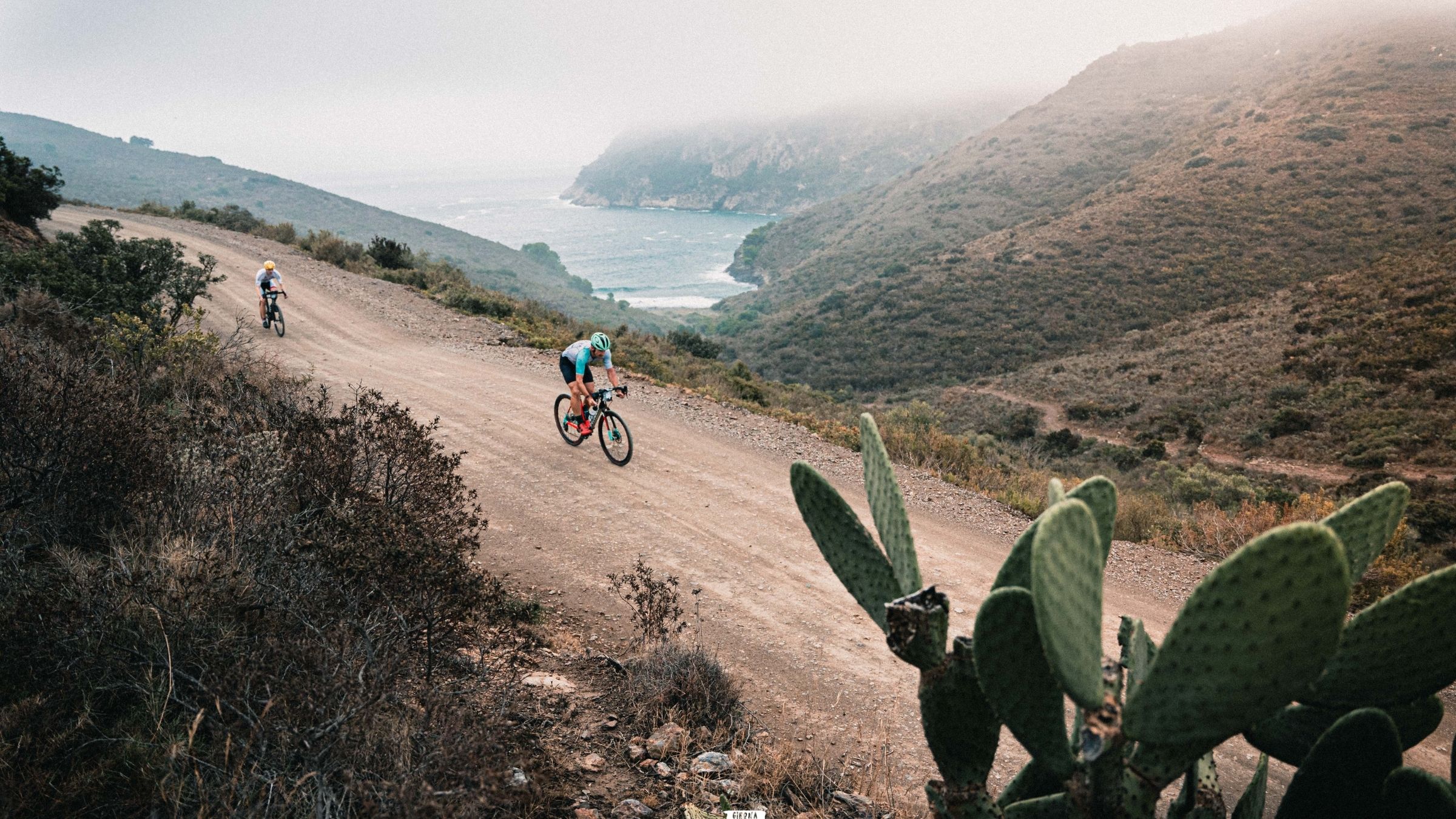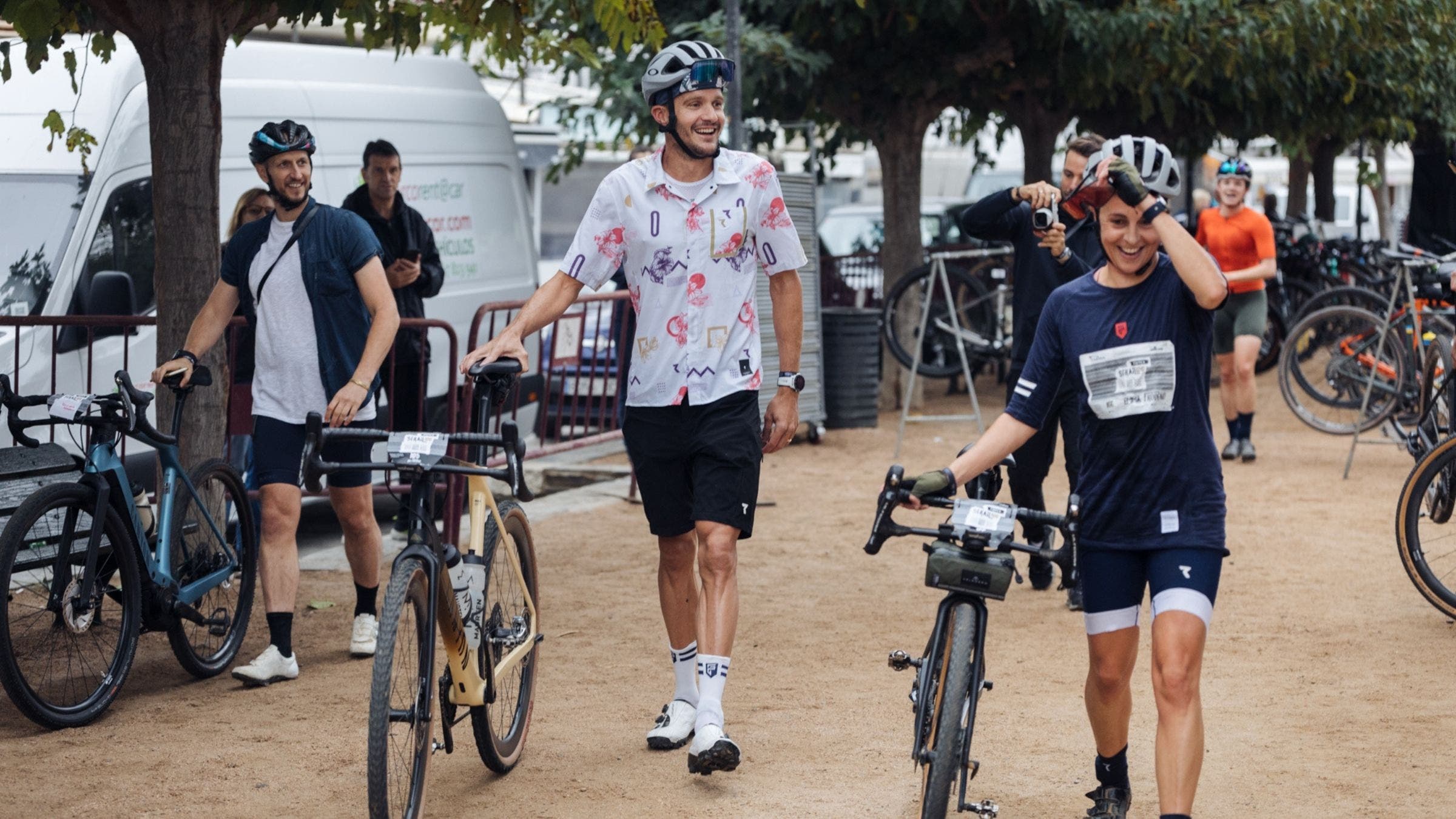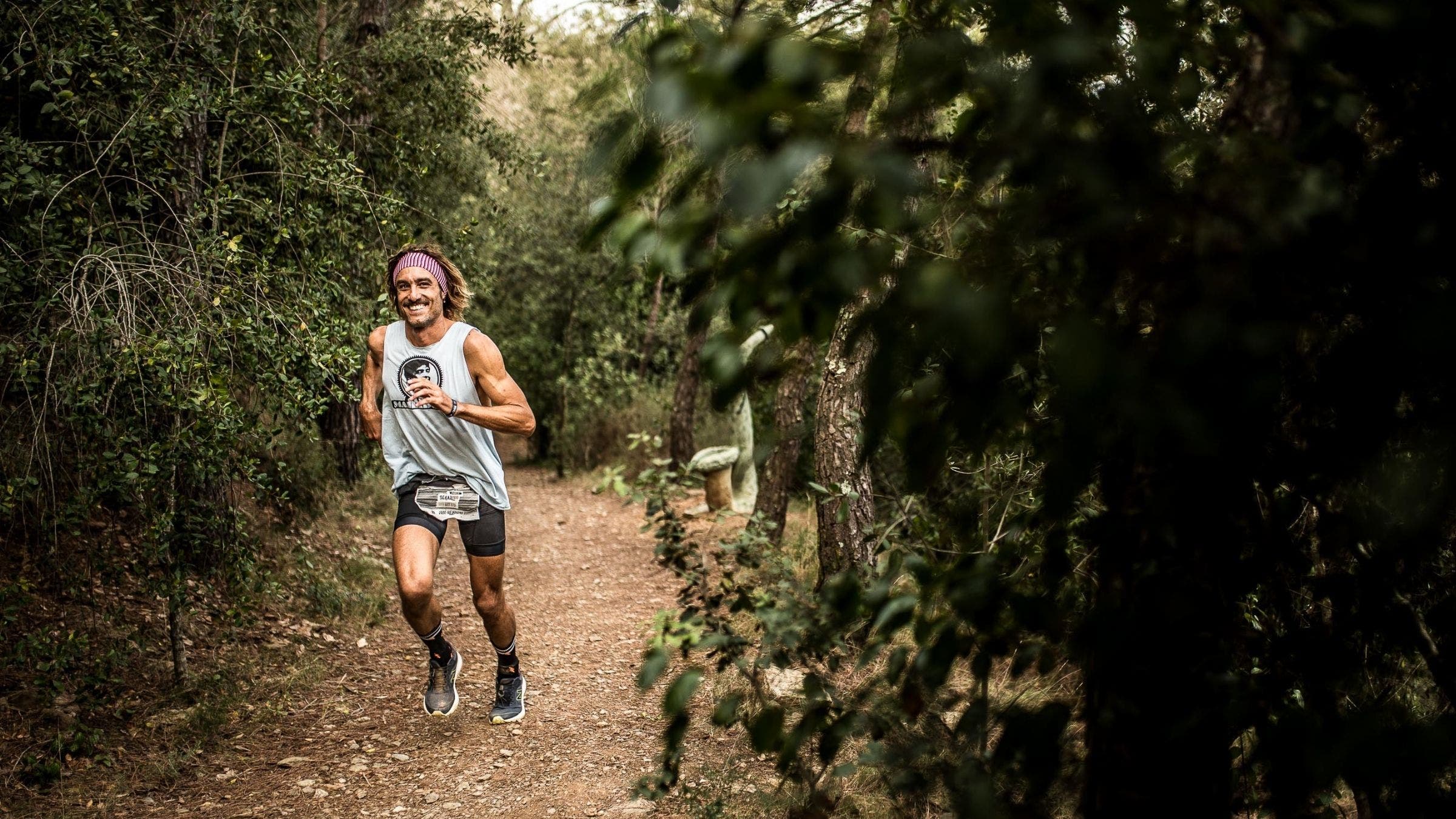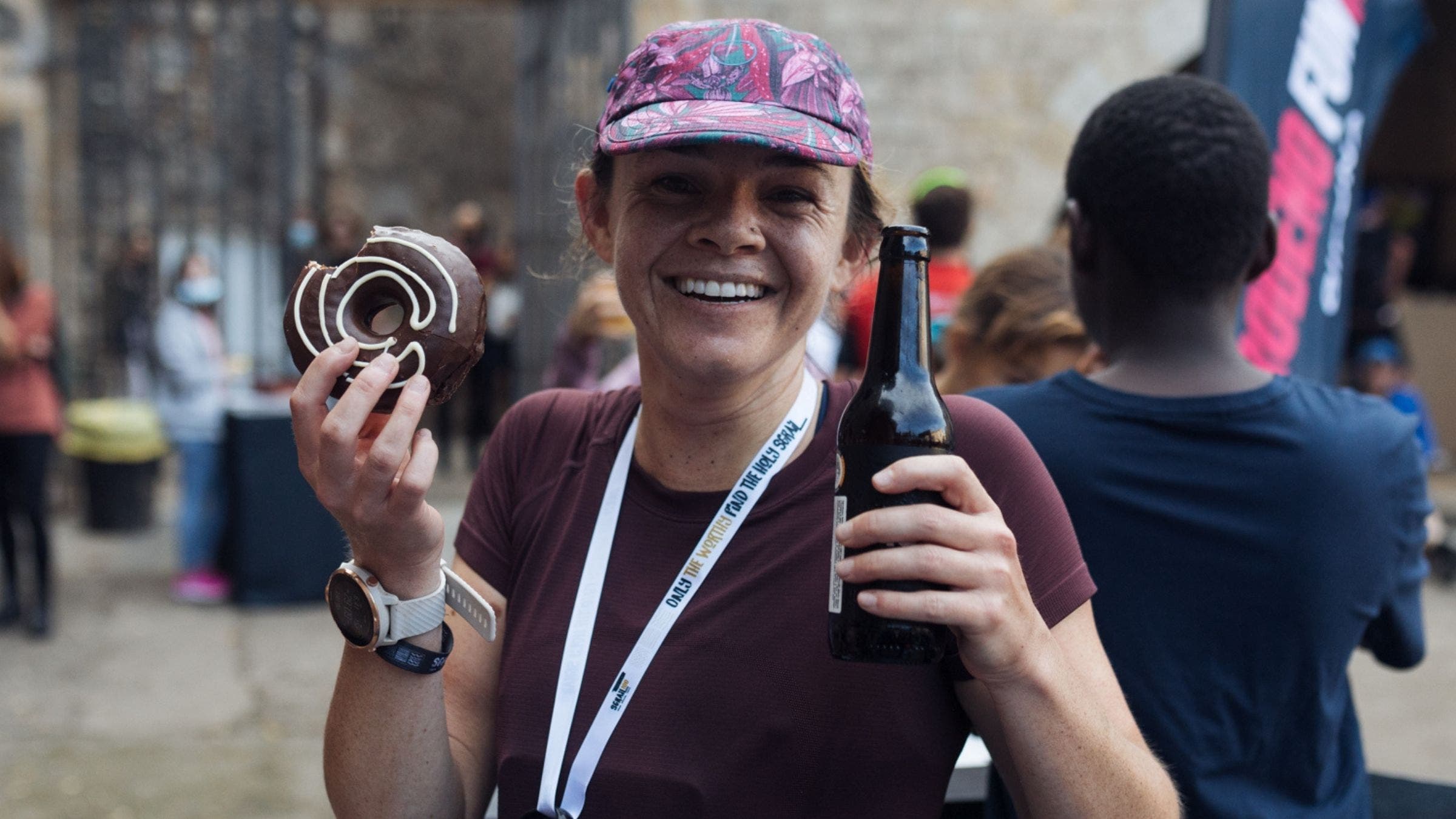SGRAIL100 and the Case for Gravel Triathlons

(Photo: SGRAIL)
The sport of triathlon attracts people who are goal-oriented, and motivated to succeed and beat their personal bests. Often, this motivation can come in the form of podium photos to share online or a coveted Kona slot and a trip to Hawaii. Athletes from regular age-groupers to champion professionals dedicate hours of their weeks to training and finding every performance edge in order to achieve the best possible results.
However, just as our muscles constrict, they must also relax. The endorphin addiction that is rampant in the triathlon community sometimes causes us to forget that we must hit the refresh button from time to time by breaking out of our comfort zone and trying something entirely new. For Jan and Emma Frodeno, this was hosting an event to showcase their favorite training grounds and home in Girona, Spain.
If two Olympic gold medalists—arguably some of the most successful triathletes on the planet—are hosting a race that’s sole purpose is fun and community, then we should all be taking notes.

With their recent SGRAIL100, the duo challenged the sport of triathlon to re-define what the spirit of a race could look like. This included everything from encouraging espresso drinking in transition to awarding participants for their acts of sportsmanship or humor during the event—with Jan taking his own leisurely transition in a Hawaiian shirt. It all combined to create an environment where the goal was fun rather than a top spot on the podium, even if people also rode and ran and swam really hard.
The race, itself, was a point-to-point swim, gravel ride, trail run starting in the fishing village of Cadaques for 100 kilometers total. Swim 2K, GRavel 88K, trAIL run 10K to make SGRAIL100. The race offered transportation for our bikes to be taken to T1 the night before the event, as well as return them from T2, which was about 15 kilometers outside of town. The race also organized shuttles to take athletes from Girona to the start of the event. It was a logistical feat managing all of this during one of the busiest festival weeks, but it was executed seamlessly and made it easy for athletes to only focus on getting from A to B.

A point-to-point race also transformed it from feeling like a treadmill to an epic adventure. Being able to make forward progress through three different sports across rugged terrain was invigorating. As someone who has taken a hiatus from triathlon for the last three years, this was a joyful and refreshing return to the sport. The event cherry-picked the very best elements what drew me to triathlon 10 years ago as a college student. It bridged the gap between being difficult and fun. It was social and conversational, while also physically and technically challenging at times.
If you scroll through race photos from the day, you’ll find far more smiles than grimaces, more doughnuts than sports nutrition, and people from all over the world who traveled to a town in Spain to compete without expectations or ego.

By partnering with a race organization that is locally famous for hosting truly epic adventure races, they were also able to capitalize on the swim-bike-run formula to make it feel more like an odyssey than a race. Plus, while SGRAIL was a long time coming, it was ultimately planned quickly because of the changing COVID-19 restrictions and schedules, meaning no one had time to really “train” for the event. The terrain wasn’t suited to accommodated anyone’s time or pace goals, and the race organizer prioritized epic vistas over ease. And it simply didn’t matter.
Not only is gravel cycling beneficial to provide a refresh to traditional training rides, but it also gives athletes opportunities to improve their technical skills and confidence. The best part of “gravel” riding is that it’s ultimately just off-road riding. Depending on terrain and tire clearance, this could mean swapping slicks for knobby tires or the paved roads for dirt paths.
RELATED: Gravel Cycling 101: A Triathlete’s Guide to Gravel Basics
There have been only a handful of gravel triathlons to date, but it could be turning a corner with the well-publicized and popular SGRAIL. These new events offer athletes an opportunity to depart from the conformity of traditional triathlons and dare to try something new. Although “adventure triathlon” or “gravel triathlon” is still technically classified as a very difficult event in most people’s eyes, it’s also an opportunity to spend a day doing the sport that you love with zero expectations, time goals, or qualification dreams. It’s giving everyone the chance to relinquish the rigidity of structure that we often cling to, if just for a few hours. The result? Reconnecting with the exact thing that hooks so many into the sport in the first place.
Some other triathlons that are all about playing in the dirt:
Molly Supple is a former pro triathlete and was the women’s overall winner of SGRAIL100—but that’s not really the point, is it?